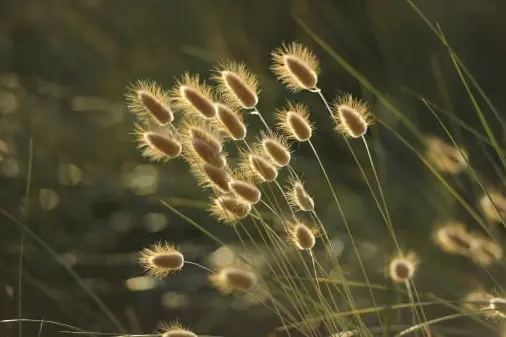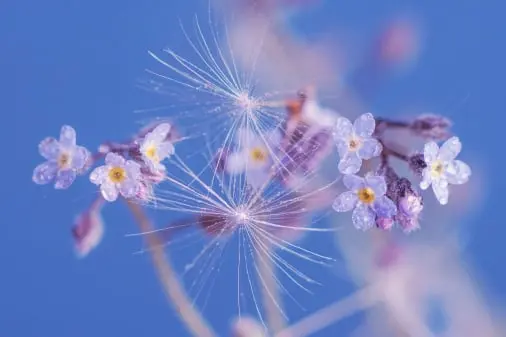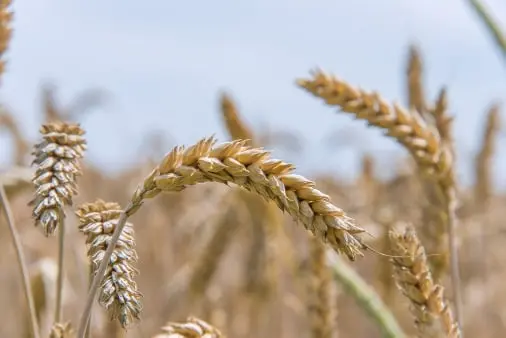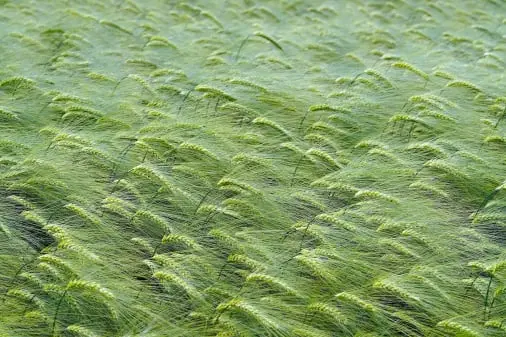Seed quality inspection app with AI quality management:
Seed quality inspection app with AI quality management for inspecting seed deliveries, post processing seed QC, and pre shipping seed quality control. Manage entire cereal, oilseed seed business, silo storage, grading & processing and packing. Less waste, better quality seeds! Reduce quality inspection costs. Eliminate waste, price negotiations, and QC mistakes. Maximize quality consistency.

Seed Supplier quality inspection & management
Seeds are the foundation of agriculture. Technology has modernized much of farming's day-to-day operations, but without a steady supply of high-quality seed, yields and crop quality would be greatly decreased.
Seed quality plays an important role in the production of agronomic and horticultural crops. Characteristics such as trueness to variety, germination percentage, purity, vigor, and appearance are important to farmers planting crops and to homeowners establishing lawns and gardens. Achieving and maintaining high seed quality is the goal of every professional seed producer.
This publication presents basic facts about seed, seed quality, and seed laws. This information can help seed producers, farmers, and homeowners understand the important role that seed plays in producing superior crops, landscape plants, and lawns.
Seed Development and Structure
Skip to Seed Development and Structure
Seed Development

Seed Quality inspections during production
View App Specifications.
The process of seed development begins within the flower, the plant's reproductive structure. The flower is a modified leaf structure and can be both male and female. The female part is the pistil, and the male part is the stamen. One flower may contain the pistil and stamen, as in beans, or they may occur in different flowers, as in corn.
A typical flower and its parts are illustrated in Figure 1. The pistil has a top portion (stigma), a middle portion (style), and a lower portion (ovary). The ovary may contain one or more ovules. The surface of the stigma produces a sweet, sticky solution as it becomes receptive to pollen fertilization.
Pollen is produced in the anthers at the ends of the stamen. Pollination occurs when pollen grains come into contact with the stigma. Wind and insects are largely responsible for the transfer of pollen from the anthers to the stigmas. Methods of transfer differ from one species to another.

Seed Quality control & management
Pollen is produced in the anthers at the ends of the stamen. Pollination occurs when pollen grains come into contact with the stigma. Wind and insects are largely responsible for the transfer of pollen from the anthers to the stigmas. Methods of transfer differ from one species to another.
If conditions are favorable, pollen grains begin to grow on the stigma surface and form pollen tubes. The pollen tube grows down the style and into the ovary, where it comes into contact with the ovule. Male gametes are transferred through the pollen tube into the ovule. Fertilization occurs when the male gametes unite with the female egg in the ovule. After pollination and fertilization, ovules develop into seeds.

Daily Seed factory hygiene checklist
In self-pollinated plants, pollen produced within each flower pollinates the stigma of the same flower. Cotton, barley, wheat, oats, tobacco, soybeans, okra, peanuts, and peppers are examples of self-pollinated crops. In cross-pollinated plants, the pollen grains pollinate flowers other than the one from which they originated. Examples include corn, rye, tall fescue, alfalfa, carrots, cucumbers, squash, and onions.
Fertilization occurs shortly after pollination and begins the process of seed development. Early stages in the development of strong plants depend on favorable growing conditions. Seed quality, on the other hand, is largely dependent upon environmental conditions and the promptness with which the seed is harvested after it matures.